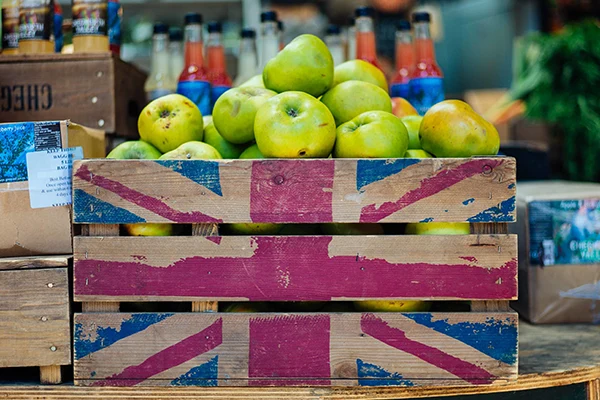If you are a food manufacturer in the UK, you are required by law to provide clear and accurate information on your product’s packaging, including the serving size and nutritional content. This information is vital for consumers to make informed decisions about their diet and health, and it must be provided in compliance with the UK food labelling regulations. Here are the steps you can take to determine the appropriate serving size for your product:
Step 1: Define the Reference Amount
The reference amount is the amount of food that the UK government considers to be a standard serving size for that particular food type. It is determined by the Department for Environment, Food and Rural Affairs (DEFRA) and varies depending on the type of food.
For example, the reference amount for a single serving of breakfast cereal is 30g, while for soft drinks, it is 250ml. You can find a complete list of reference amounts for various foods in Annex XVII of the UK food labelling regulations.

Step 2: Consider the Intended Use
When determining the serving size, it is important to consider how your product is intended to be consumed. For example, if you are producing a sauce or a dip that is typically used as a condiment, the serving size may be smaller than the reference amount because people will use less of the product at one time. On the other hand, if you are producing a meal or snack, the serving size should be based on the reference amount.
Read more: How to Operate in the New Post-COVID Era
Step 3: Calculate the Nutritional Content
Once you have determined the serving size, you can calculate the nutritional content of your product. This information must be displayed on the packaging, and it should be calculated per serving as well as per 100g or 100ml.
According to the FSA, the nutritional content that must be displayed on the packaging includes the amount of energy (in kilocalories and kilojoules), protein, carbohydrates, fat (including saturated and unsaturated fat), fibre, and salt. You can also include other nutrients if you wish, such as vitamins and minerals, but this is not mandatory.
Read more: Bitesize: Does Menu Labelling Work?
Step 4: Consider the Impact of Processing
Processing can affect the serving size and nutritional content of your product. For example, if you are producing a canned product, the serving size may be smaller than the reference amount because of the weight of the liquid in the can. Similarly, if your product is cooked or baked, the nutritional content may change due to the loss of moisture or changes in the chemical composition.
It is important to take these factors into account when determining the serving size and nutritional content of your product to ensure that your labelling is accurate and in compliance with FSA regulations.
Read more: Responding to COVID-19

Step 5: Use the Traffic Light System
The UK food labelling regulations, and the FSA allow the use of the traffic light system to display nutritional information. This system uses red, amber, and green colours to indicate whether the nutritional content of the product is high, medium or low in a particular nutrient. For example, if your product contains a high amount of saturated fat, it will be labelled with a red traffic light.
The traffic light system is a useful tool for consumers to quickly and easily identify the nutritional content of the product. If you choose to use this system, you must include the nutritional values per 100g or 100ml as well as per serving size.
In conclusion, determining the serving size and nutritional content of your product for the UK market requires following the UK food labelling regulations. This involves identifying the reference amount, considering the intended use, calculating the nutritional content, taking into account the impact of processing, and using the traffic light system if desired. By providing accurate and informative labelling, you can help consumers make informed choices about their diet and ensure compliance with UK regulations.
With MenuSano, you can generate FSA compliant nutrition labels, and have a massive database of UK ingredients to add to all your recipes and dishes. Start a Free Trial today!



















